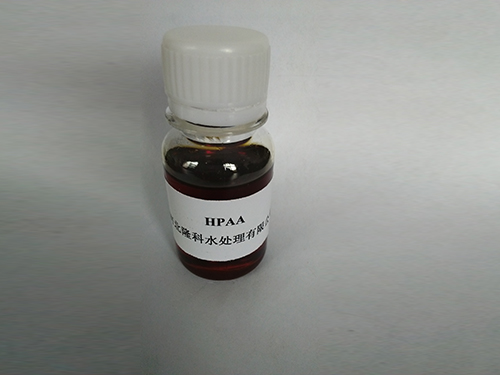Nonionic Polyacrylamide Applications and Benefits in Various Industries
Nonionic Polyacrylamide A Versatile Polymer in Industry and Research
Nonionic polyacrylamide (NIPA) is an important water-soluble polymer that has garnered significant attention in various fields, including wastewater treatment, agriculture, pharmaceuticals, and biomedical research. With its unique properties and versatile applications, NIPA stands out as an invaluable material in both industrial and scientific communities.
What is Nonionic Polyacrylamide?
Nonionic polyacrylamide is a synthetic polymer derived from acrylamide through the process of polymerization. Unlike ionic polyacrylamide, which carries a charge, nonionic polyacrylamide is neutral, meaning it does not interact with charged species in a solution. This neutrality lends it several advantages in practical applications, particularly in environments where the presence of ions might be problematic.
Properties of Nonionic Polyacrylamide
One of the standout features of nonionic polyacrylamide is its high molecular weight, which allows it to form a viscous solution in water. This characteristic is crucial for its performance in various applications. Additionally, NIPA exhibits excellent thermal stability and can withstand a wide range of pH levels, making it suitable for diverse industrial environments. Its molecular structure can also be tailored to modify its properties, allowing for customization based on specific application requirements.
Applications in Water Treatment
In the realm of wastewater treatment, nonionic polyacrylamide plays a crucial role as a flocculant and coagulant aid. It helps in the aggregation of suspended particles, facilitating their removal from water. This property is particularly valuable in treating industrial effluents, where the reduction of pollutants is essential for compliance with environmental regulations. The use of NIPA can lead to improved clarity of treated water and reduced disposal costs by minimizing the volume of sludge generated.
Agricultural Uses
nonionic polyacrylamide

Nonionic polyacrylamide is also widely used in agriculture, particularly in soil amendment and water conservation efforts. It can enhance soil structure, increase water retention, and reduce erosion. When applied to irrigation systems, NIPA can help bind soil particles together, forming aggregates that improve water infiltration and aeration. This is particularly beneficial in arid regions where water scarcity is a significant concern. By optimizing water use and minimizing runoff, nonionic polyacrylamide contributes to sustainable agricultural practices.
Pharmaceutical and Biomedical Applications
In the pharmaceutical and biomedical fields, nonionic polyacrylamide is utilized as a component in drug delivery systems and tissue engineering. Its biocompatibility and ability to encapsulate drugs make it an excellent choice for controlled release applications. NIPA can also be employed in gel formation for electrophoresis, a technique used in molecular biology for the separation of macromolecules such as proteins and nucleic acids.
Research and Development
Ongoing research into nonionic polyacrylamide focuses on enhancing its properties and exploring new applications. Scientists are investigating its potential use in controlled drug delivery systems, bioresponsive materials, and smart polymers that can respond to environmental changes. The versatility of nonionic polyacrylamide makes it a candidate for innovation in various interdisciplinary fields, from environmental science to material engineering.
Conclusion
Nonionic polyacrylamide is a remarkable polymer with extensive applications across diverse sectors. Its neutral nature, high molecular weight, and adaptability make it valuable in water treatment, agriculture, pharmaceuticals, and research. As global challenges such as water scarcity, environmental pollution, and the need for advanced biomedical solutions continue to grow, the significance of nonionic polyacrylamide is likely to expand. Ongoing research and technological advancements will further unlock its potential, making it an essential material for a sustainable future.
In essence, the contributions of nonionic polyacrylamide to industry and research highlight not just its immediate benefits, but also its potential to impact future innovations. As we strive for a balance between industrial needs and environmental stewardship, nonionic polyacrylamide remains at the forefront of both sustainability and scientific advancement.
-
Pbtc Scale InhibitorPBTC: A Scale Protector for Industrial Water TreatmentNewsAug.05,2025
-
Organic Phosphonate: An Efficient Defender in the Field of Scale InhibitionNewsAug.05,2025
-
Hydrolyzed Polymaleic Anhydride: Green Pioneer in Scale Inhibition FieldNewsAug.05,2025
-
PAPEMP Polyamino Polyether Methylene Phosphonic Acid For SaleNewsAug.05,2025
-
Flocculant Water Treatment: A Pioneer in Purification in the Field of Water TreatmentNewsAug.05,2025
-
Benzyl Isothiazolinone: An Efficient and Broad-Spectrum Antibacterial Protective GuardNewsAug.05,2025





